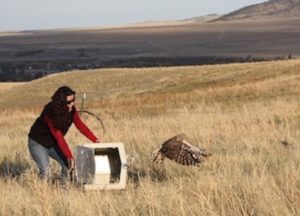 To Becky Kean, helping raptors is a labor of love—even though the feeling isn’t always mutual.
To Becky Kean, helping raptors is a labor of love—even though the feeling isn’t always mutual.
Are the birds charming and outgoing? Uh, no. Do they have effervescent personalities? Not necessarily.
“They pretty much despise us,” Kean says with a chuckle as she describes the animals that come to the Montana Raptor Conservation Center. “They really don’t want anything to do with us.”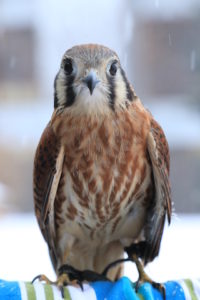
Despite the raptors’ resistance, the staff at the Center helps them anyway, treating as many as 200 injured birds per year from all over the state of Montana. In many cases, the Center plays a critical role in saving the raptors’ lives.
“They have a tremendous will to survive, so they fight us all the way through,” says Dean, who has been Executive Director of the Center since 2008. “They aren’t going to give you many pats on the back.”
Still, as is the case with anyone who has seen raptors either up close or soaring on the horizon, the birds inspire admiration and awe. Says Kean, “You truly realize what amazing creatures they are.”
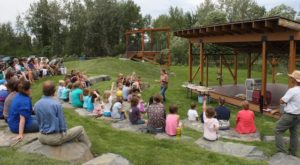 The Montana Raptor Conservation Center traces its origins back to 1988, when Bozeman veterinarian Dr. Susan Barrows began noticing injured wildlife in the Gallatin Valley and wanted to do something about it. She started an organization called Big Sky Wildcare, which treated animals of all kinds. In 2001, that group evolved into the Montana Raptors Conservation Center, with the focus solely on birds of prey, which include eagles, hawks, falcons and owls.
The Montana Raptor Conservation Center traces its origins back to 1988, when Bozeman veterinarian Dr. Susan Barrows began noticing injured wildlife in the Gallatin Valley and wanted to do something about it. She started an organization called Big Sky Wildcare, which treated animals of all kinds. In 2001, that group evolved into the Montana Raptors Conservation Center, with the focus solely on birds of prey, which include eagles, hawks, falcons and owls.
Kean joined the Center in 2003, when she was a student at Montana State University and a professor happened to mention that the Center needed volunteers. “I didn’t know much about raptors,” she recalls. “I was volunteering once each week and I soon found that going to the center was the highlight of my week. It became a passion for me.”
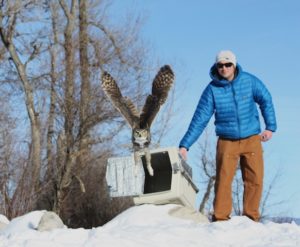 According to dean, raptors can be injured in a variety of ways. About 40 percent, she says, are hit by cars. Others are hurt by electrical contact. In some cases, birds are hit by gunshots fired by pranksters. Or, they can develop lead poisoning from spent ammunition.
According to dean, raptors can be injured in a variety of ways. About 40 percent, she says, are hit by cars. Others are hurt by electrical contact. In some cases, birds are hit by gunshots fired by pranksters. Or, they can develop lead poisoning from spent ammunition.
While most injuries have human causes, the Center is dedicated to providing a human solution. The objective is always to return raptors in full health to their natural habitat, a goal that the raptors instinctively seem eager to share.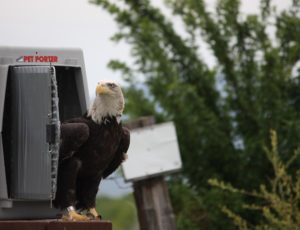
Says Dean, “I have tremendous respect for these animals and their desire to survive.”
